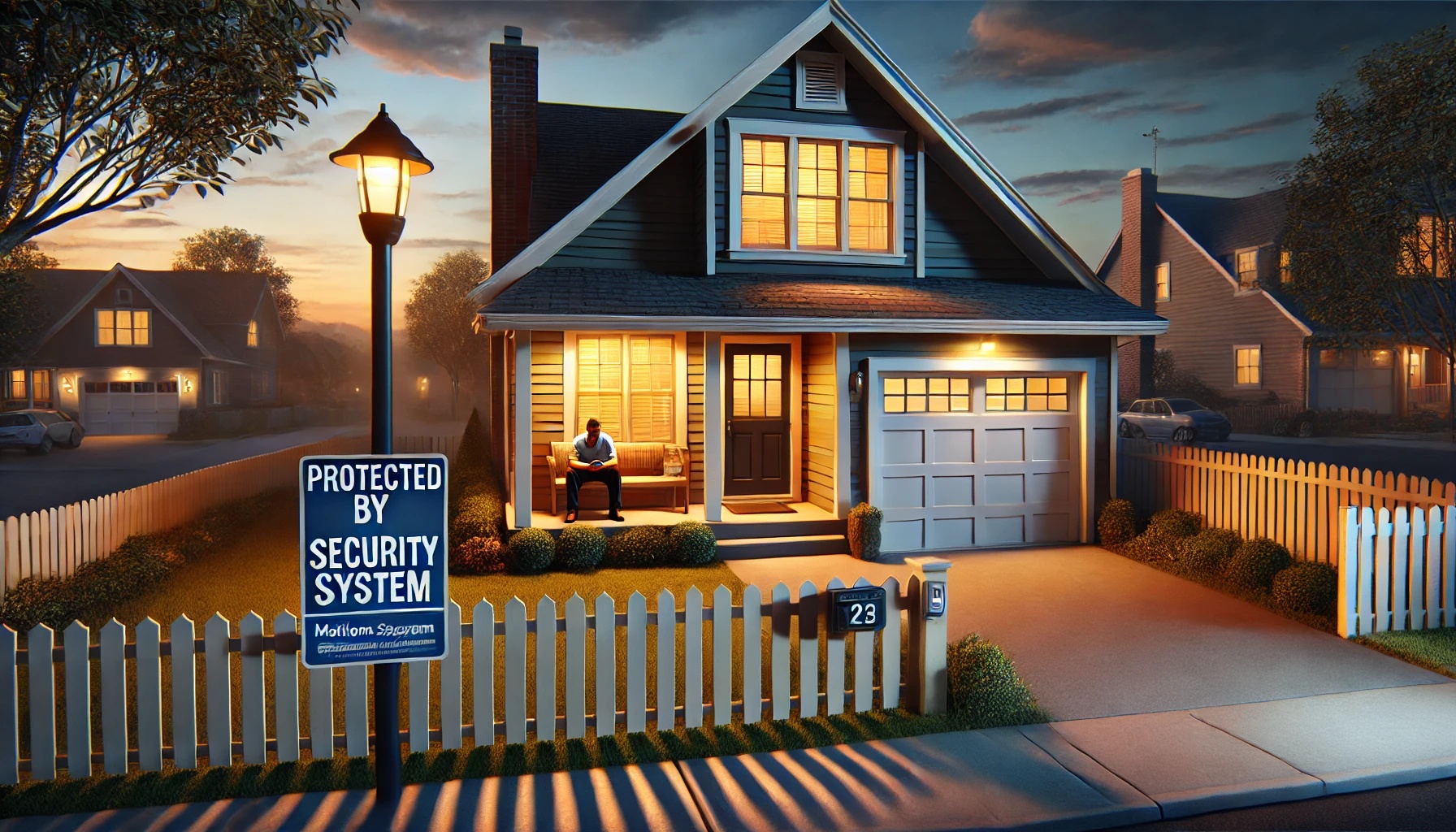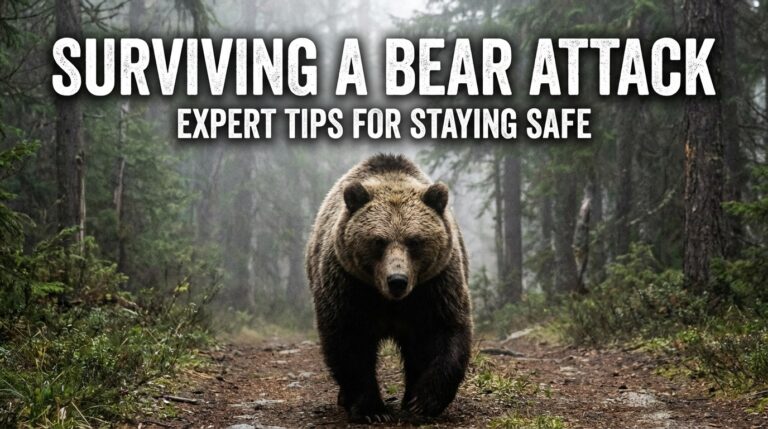
Last summer, while camping in the Rockies, I encountered a black bear rummaging through our campsite. My first instinct wasn’t to reach for a weapon—it was to assess the situation, understand my options, and respond proportionally. That same mindset applies when protecting your home. The goal isn’t to escalate conflict but to neutralize threats while staying within legal boundaries.
Home defense isn’t just about stopping intruders. It’s about protecting your family without destroying your life through legal consequences. Every decision you make in those critical moments could determine whether you’re sleeping in your own bed or facing a District Attorney’s questions the next morning.
Understanding the Legal Landscape
Castle Doctrine laws vary dramatically across states. Some jurisdictions offer robust protection for homeowners. Others scrutinize every detail of your response. What seems reasonable to you might appear excessive to a jury reviewing police reports months later.
The key principle remains consistent: your response must be proportional to the threat. Using deadly force against someone stealing your garden gnome won’t hold up in court. But defending against violent home invasion? That’s different territory entirely.
Wrongful death lawsuits can bankrupt families even when criminal charges don’t stick. Insurance companies often exclude coverage for intentional acts. One poor decision can cost you everything you’ve worked to build.
Non-Lethal Options That Actually Work
Smart home defenders build layered defense systems. Like setting up camp in bear country, you want multiple barriers between you and trouble. Non-lethal tools give you options that don’t require background checks or concealed carry permits.
The Byrna launcher fires .68 caliber projectiles filled with pepper powder. Maximum pain, minimal legal risk. These devices look intimidating enough to deter most intruders while giving you standoff distance. No ATF regulations to worry about either.
Tasers deliver 50,000 volts of stopping power. The electrical charge disrupts muscle control without causing permanent damage. Most models include built-in flashlights and laser sights. The crackling sound alone often ends confrontations before they begin.
Traditional stun guns require close contact but pack serious punch. They’re legal in most states without permits. The electrical arc creates an unmistakable warning that few people ignore. Keep one near your bedside and another by the front door.
Chemical Deterrents for Home Defense
Salt Supply’s S2 system transforms your home into a fortress using military-grade pepper spray. The devices mount on walls and activate remotely. Intruders get hit with concentrated capsaicin that stops them cold. No permanent harm, just temporary incapacitation.
Sabre pepperball guns launch projectiles that burst on impact. The pepper powder creates a cloud that affects multiple targets. These weapons work at longer ranges than traditional pepper spray. The psychological impact often proves more effective than the physical effects.
Less-lethal doesn’t mean less effective. Pepper-based systems have stopped charging grizzlies in Alaska. They’ll certainly handle human threats in your living room. The beauty lies in their reversible effects—nobody dies, but the threat definitely ends.
Building Your Defense Strategy
Layer your defenses like building a proper shelter. Motion-activated lights create the first barrier. Security cameras document everything for potential legal proceedings. Alarm systems alert neighbors and police simultaneously.
Keep detailed records of any incidents. Document threats, suspicious activity, and your response measures. This paperwork becomes crucial if you ever face legal scrutiny. District Attorneys love cases with clear documentation trails.
Practice with whatever tools you choose. Muscle memory matters when adrenaline floods your system. Know your equipment’s capabilities and limitations. Understand your state’s specific laws regarding home defense and weapon storage.
Training and Preparation
Wilderness survival taught me that preparation prevents panic. The same applies to home defense. Regular training builds confidence and competence. Most non-lethal weapons require minimal skill but benefit from practice.
Consider professional training courses. Many police departments offer civilian defense classes. Private instructors provide personalized guidance for your specific situation. The investment in education pays dividends when crisis strikes.
Mental preparation matters as much as physical tools. Visualize potential scenarios. Plan your responses. Know when to fight and when to retreat. Sometimes the best defense involves locking yourself in a safe room while calling 911.
When Things Go Wrong
Even perfect preparation can’t prevent every problem. Legal challenges may arise regardless of your actions. Insurance coverage, witness testimony, and physical evidence all influence outcomes. Having the right tools and training improves your odds significantly.
Document everything immediately after any incident. Photograph the scene before cleaning up. Save security footage. Contact your attorney before speaking to police beyond basic cooperation. Your words in those emotional moments can haunt you later.
Protecting What Matters Most
Home defense resembles backcountry camping more than Hollywood action movies. Success comes from careful preparation, appropriate tools, and measured responses. The goal isn’t to win fights—it’s to protect your family while preserving your freedom.
Non-lethal options provide effective protection without the legal complications of firearms. They’re accessible, affordable, and appropriate for most situations. Like carrying bear spray in grizzly country, these tools give you confidence without creating unnecessary risks.
Your home should be your sanctuary. With proper planning and the right equipment, you can keep it that way without gambling your future on split-second decisions. The peace of mind alone makes the investment worthwhile.



